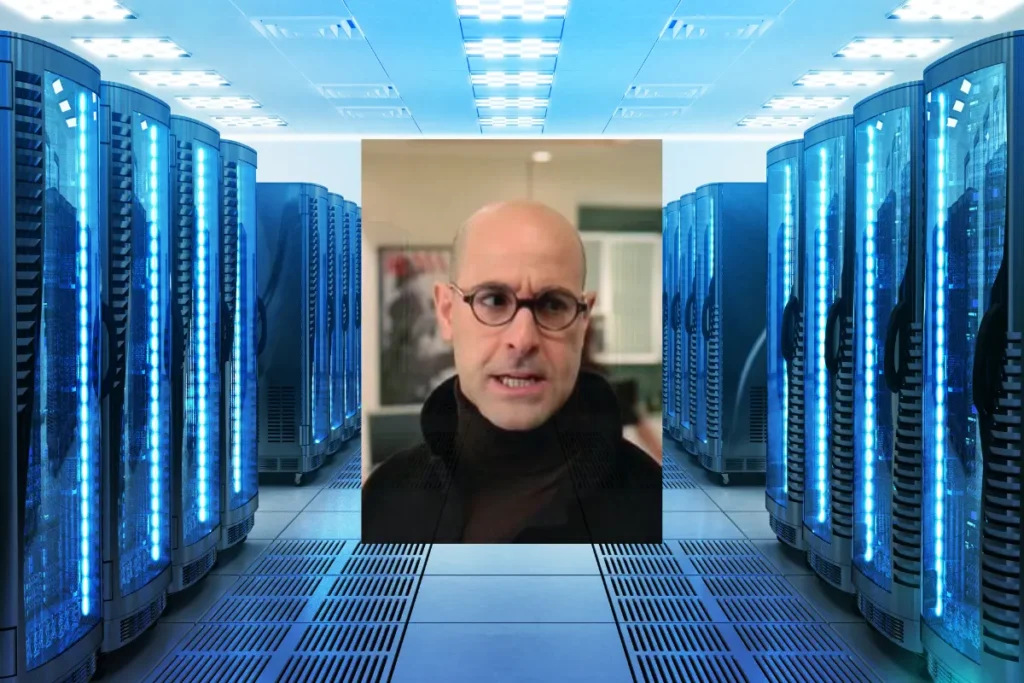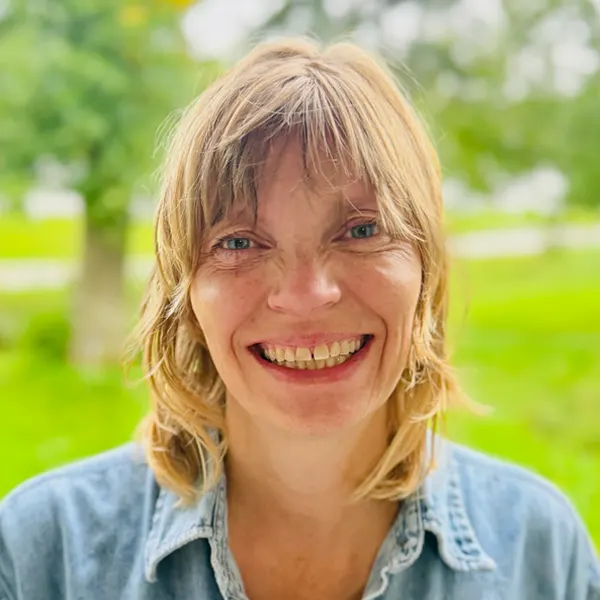Minnesota, like states across the country, is facing a sudden influx of proposals to build massive “hyperscale” data centers to meet the demands of big tech companies looking to scale up artificial intelligence, cryptocurrency mining, cloud computing, and related digital technologies. But while the advancement of Big Tech projects careens forward at breakneck speed, the public scrutiny and government oversight of the impacts of large-scale tech sector development on our land, water, and communities lags far behind.
That’s why CURE intervened at the Public Utilities Commission (PUC) when Amazon (yes, that Amazon) tried to circumvent what limited oversight currently exists, claiming that their plan to install 250 diesel generators to produce 600 megawatts (MW) of “backup” energy generation at its proposed facility in Becker, MN should be exempt from Minnesota’s normal review process for a new power plant. For reference, 600MW of energy is nearly as much as is produced by Minnesota’s Monticello Nuclear Plant, which powers half a million homes annually.
Thankfully, the PUC agreed with us that Amazon needs to get what’s known as a “Certificate of Need” if it wants to build a power plant of that size. Without this process, we’d be left with very little information about the generators Amazon intends to use, other than basic information like the number and energy capacity. Without a Certificate of Need, there would also be no requirement for the PUC to consider meaningful alternative ways to generate or obtain the energy, which could be far less harmful than diesel generators.
Why do we need to take a close look at Amazon’s plans if these generators are only for “emergency backup” use, as Amazon claims? As it stands now, Amazon says it will only run these generators 15 hours a year. But there is nothing to hold it to that hypothetical limit. In fact, the federal standards regarding this kind of energy generation say they can run them for 100 hours/year for routine maintenance and readiness testing and for an unlimited number of hours in “emergency” situations. So, while there might eventually be some limitations imposed by Minnesota’s state-level air permitting process (a process that happens after PUC review that is very opaque to the general public), Amazon’s 15-hour estimate is unrealistically low and likely not credible.
Amazon has also not disclosed specifics about the type or manufacturer of the generators, so there is no way to independently assess the amount of pollution they will emit. But it is safe to assume that at this scale, any ground-level generators that run on diesel will have serious, if unpredictable or intermittent, environmental and health impacts. Researchers are starting to look at the negative air quality impacts of data centers, and we know that diesel engine pollution is highly damaging to public health, as communities living near major ports, diesel-heavy railyards, or major highways know all too well.
This is why CURE fought to make sure Amazon would have to go through Minnesota’s “Certificate of Need” process. This could be a rare opportunity to bring more transparency to the project and its impacts while also requiring Amazon to provide a justification for why they need 250 diesel generators rather than some other, less polluting, way to stay online when the power goes out. We believe that if the project is subject to the full process, it will produce information that will be useful to the community of Becker as well as communities throughout the state, the country, and around the world who are facing the same spate of Big Tech infrastructure proposals.
Ultimately, this bout with Amazon over polluting “backup” energy generation is emblematic of how Big Tech’s tsunami of new proposed infrastructure to support their insatiable—if questionable—need for AI tech and its ilk is likely to come into conflict with local communities and state-level clean energy, sustainability, and public health goals.
AI and Hyperscale Data Center Development for the Public Good
In response to the accelerating pace of data center proposals and policies, we’ve outlined three starting principles for “AI and Hyperscale Data Center Development for the Public Good” to help decision-makers and communities navigate these times.
The first principle demands the kind of public oversight & transparency we secured at the PUC:
- Ensure Public Transparency & Informed Decision Making: Large-scale tech sector projects must undergo comprehensive impact assessments of large-scale AI investments and development so that the public, impacted communities and decision makers have the necessary understanding of the impacts—environmental, economic, cultural, civil, and political—of this growing industry so that they can be adequately regulated and constrained in the public interest.
Before we can even have a discussion about when, where, if, and for whose benefit we develop hyperscale AI infrastructure, we need more information and transparency around how this industry will affect our energy, water, and lands. While a deliberate approach to data center development may not be as rapid as Big Tech would like, it will lead Minnesota to long-term success in managing this new industry.
Stay tuned for more blog posts about CURE’s other Principles for AI and Hyperscale Data Center Development for the Public Good including:
- Demand Public Gain for Private Use of Public Goods
- Don’t Feed the Tech Oligarchy!
By Maggie Schuppert, Director of Strategic Initiatives


